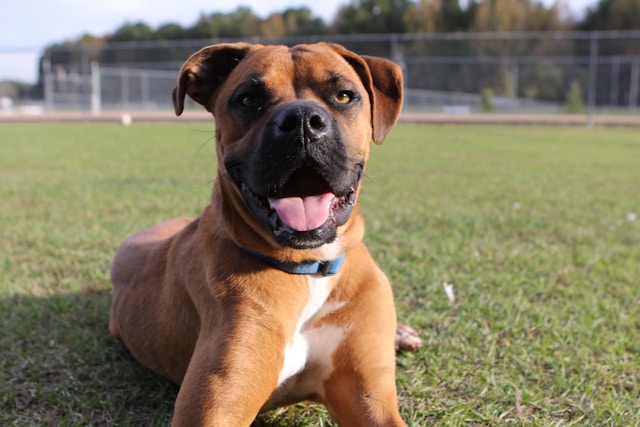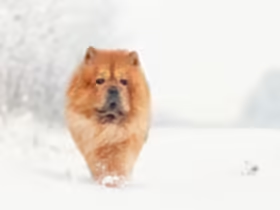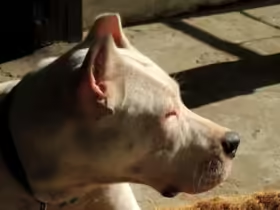Maintaining a healthy and beautiful coat is crucial for your dog’s overall well-being. Regular grooming not only keeps your dog’s fur looking great but also helps in detecting potential health issues early. Here’s a comprehensive guide to essential dog grooming tips to ensure your furry friend’s coat remains healthy and shiny.
1. Understanding Your Dog’s Coat Type
Different dog breeds have various coat types, including short, long, curly, or wiry. Understanding your dog’s specific coat type is the first step in proper grooming. Each type requires different care techniques:
- Short Coats: Generally low maintenance but may still need occasional brushing to remove loose hairs and dirt.
- Long Coats: Require regular brushing to prevent tangles and mats.
- Curly Coats: Prone to matting; regular brushing and professional grooming are often necessary.
- Wiry Coats: May need specific grooming tools to maintain their unique texture.
2. Brushing Techniques
Regular brushing is vital for maintaining your dog’s coat health. It helps in removing loose fur, dirt, and prevents mats and tangles. Here’s how to do it effectively:
- Choose the Right Brush: Depending on your dog’s coat type, select an appropriate brush. Slicker brushes are great for long-haired breeds, while rubber brushes are ideal for short-haired dogs.
- Brush Regularly: Aim for at least once a week, but daily brushing might be necessary for long-haired or curly breeds.
- Technique: Start from the base of the coat and work your way outwards. Be gentle, especially around sensitive areas like the belly and legs.
3. Bathing Your Dog
Bathing is an essential part of dog grooming, but it’s crucial to do it correctly to avoid skin irritation.
- Frequency: Generally, dogs need a bath every 4-6 weeks, but this can vary based on their activity level and coat type.
- Shampoo Choice: Use a dog-specific shampoo that is gentle on their skin. Avoid human shampoos as they can be too harsh.
- Bathing Process: Wet your dog thoroughly, apply shampoo, and lather well. Rinse thoroughly to ensure no residue is left. Avoid getting water in their ears.
4. Nail Trimming
Nail trimming is often overlooked but is an essential aspect of grooming. Overgrown nails can cause discomfort and lead to health issues.
- Frequency: Check your dog’s nails every 2-4 weeks.
- Tools: Use dog-specific nail clippers or grinders.
- Technique: Trim a small amount at a time, avoiding the quick (the pink part of the nail). If you’re unsure, consult a vet or groomer.
5. Ear Cleaning
Regular ear cleaning helps prevent infections and keeps your dog’s ears healthy.
- Check Regularly: Look for signs of dirt, wax buildup, or infection.
- Cleaning Solution: Use a vet-recommended ear cleaner. Avoid using cotton swabs deep in the ear canal.
- Technique: Moisten a cotton ball with the cleaner and gently wipe the ear’s outer parts.
6. Teeth Brushing
Dental health is just as important as coat health. Regular brushing helps prevent tartar buildup and dental diseases.
- Toothbrush and Toothpaste: Use a dog-specific toothbrush and toothpaste.
- Frequency: Aim to brush your dog’s teeth 2-3 times a week.
- Technique: Gently brush in a circular motion, focusing on the gum line.
7. Dealing with Mats and Tangles
Mats and tangles can be uncomfortable for dogs and are more common in long-haired breeds.
- Prevention: Regular brushing helps prevent mats. For curly coats, consider using a detangling spray.
- Removal: Use a dematting comb or seek professional help if the mats are severe. Never yank at tangles, as this can cause pain.
8. Professional Grooming
While at-home grooming is essential, professional groomers can provide additional care and services.
- Benefits: Professional groomers have the expertise and tools to handle complex grooming needs, including breed-specific cuts and styles.
- Finding a Groomer: Look for recommendations from your vet or other pet owners, and visit the grooming facility beforehand.
9. Seasonal Grooming Needs
Seasonal changes can affect your dog’s grooming needs.
- Summer: Regular brushing is crucial to manage shedding and prevent overheating. Ensure your dog stays hydrated and cool.
- Winter: Long-haired breeds might need extra brushing to prevent mats from wet and snowy conditions. Keep your dog’s coat dry and clean.
10. Health Considerations
Grooming can also reveal health issues that might need attention.
- Skin Issues: Look for signs of irritation, redness, or unusual lumps.
- Fleas and Ticks: Regular grooming helps in detecting parasites early.
- Consult Your Vet: If you notice any changes in your dog’s skin or coat, consult your veterinarian for advice.
Conclusion
Keeping your dog’s coat healthy requires a combination of regular brushing, proper bathing, and occasional professional grooming. By understanding your dog’s specific needs and maintaining a consistent grooming routine, you’ll ensure your furry friend stays comfortable, clean, and happy.
With these tips, you’re well on your way to mastering dog grooming and keeping your canine companion looking their best!











Leave a Reply